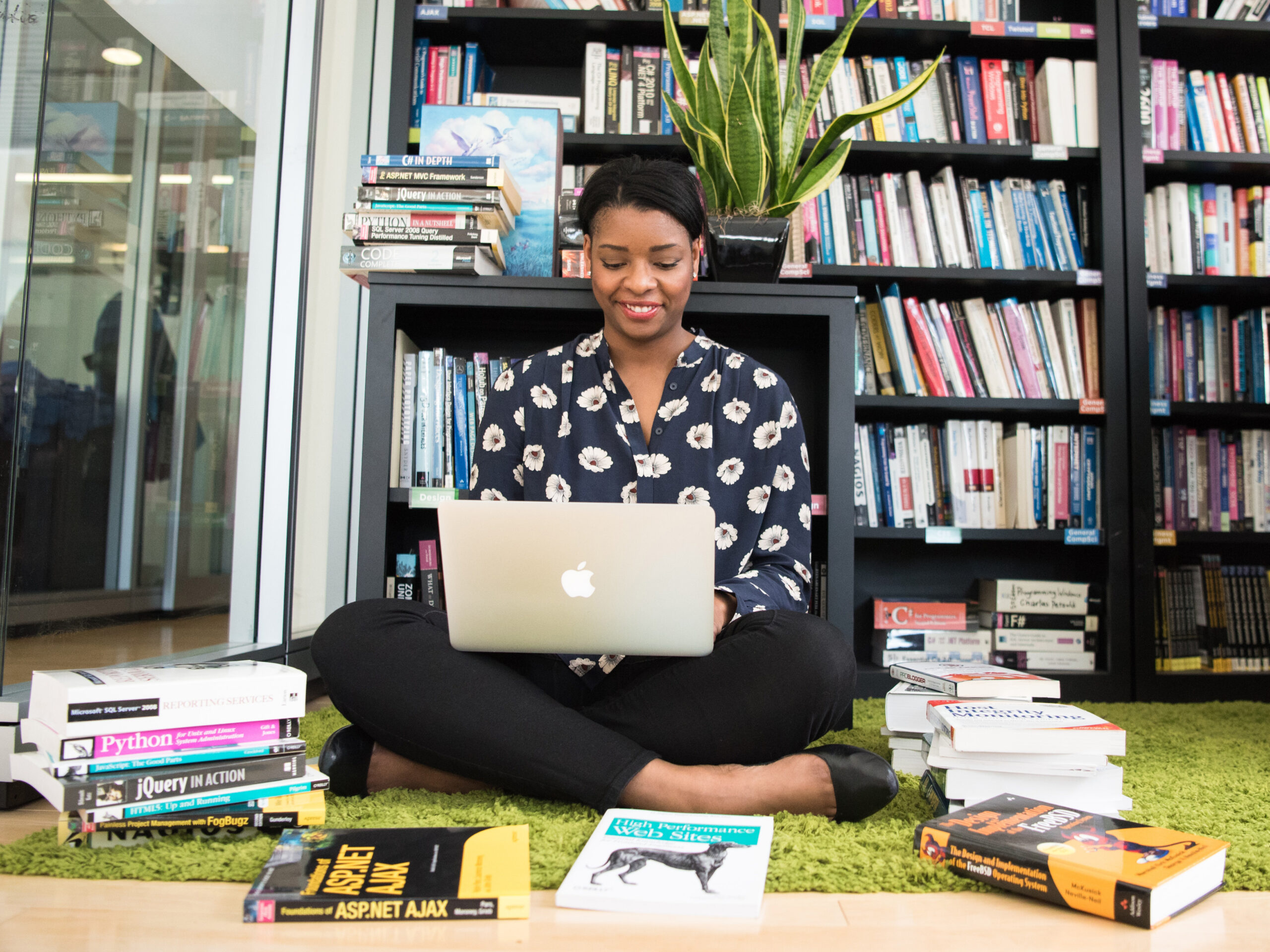
The digital era has ushered in a wave of easy to click content, creating a competitive sea of influencers and creators grasping for people’s attention. This leads to clickbait and succumbing to profit by clicks and traffic — oftentimes with the subject material being completely false. It is absolutely valid, as any normal person, to want a bit of entertainment. However, the source of our entertainment and what we choose to indulge in, can, and in fact should be, both fun and educational. One such indulgent activity is the vetted information found in museums and not just for the exhibits either. What once were run entirely by women and dubbed salons back in the 18th century, museums have remained an important part of modern history. Through the decades, we have seen these institutions give way to recent innovations and technology is the newest obstacle they have yet to tackle.
There are many interesting facts and ideas concerning these halls that hold such academic and historical importance. Museums are the yearbook of humanity, and seeing them in person gives a different perspective to the viewer rather than seeing it on a screen or through a virtual tour. Women have consistently been at the forefront of salons throughout the early 18th century and onward. Ladies of high society often entertained circles of aristocratic people by hosting several artists in their home. It was a way to both show their intellectual status and fortune. These functions were later extended to a more public format and dubbed salons. It became the cornerstone of any aspiring artist to be featured at these events that critics often visited and laid claim to their favorites as well. This time period was a troubling time for the fairer sex in regards to lack of voice and exclusion. The salons suddenly became a revolutionary way to host intellectual discourse for both women and men to partake in without the repercussions of patriarchal society. To visit museums and acknowledge their feminine history is incredible considering how large and extensive some collections at these institutions can be.
Over the course of their history we can find acts of fearless feminism and sultry scandals. One important event contingent is with the portrait of Madame X by John Singer Sargent. The painting portrays a young woman with a blue-green tinted hue to her pale skin looking away from the viewer, her black dress draped and fitted as a single hand grips the table to her left. It was known as a scandalous and immoral image. While the image of Madame X had been publicly ostracized it had driven crowds of people to the salon it hung in. The masses hoarded to observe the dubbed salacious figure before she was hidden from public view. This controversy led to opening a door to the arts for the public. A single notable activity meant for the aristocracy now became the business of common folk.
While it’s easy to have an opinion on whether or not technology has tyrannically pushed museums to the side, one positive that can’t be ignored is the enhancement technology has brought to them. Museums that have taken the initiative to regale their audiences by embracing technology have made incredible advances in the way we experience art and history. One example is the Haus der Musik in Vienna. Many of their exhibits are geared towards the kinesthetic learning of music. One particular exhibit is the “Virtual Conductor Exhibit,” in which the viewer can help conduct one of the finest known orchestras in the world, The Vienna Philharmonic, through determining music tempo and rhythm.
Another exhibit a bit closer to home is the Tactile Dome at “The Exploratorium” in San Francisco. This particular exhibit showcases the bodies’ senses by letting the viewer explore a dark room with the goal of leaving it just based on touch. These kinds of interactive exhibits can fall short through a screen or virtual tour. This is not to say digital renditions are or should be obsolete, but rather that they grant access to those who do not have the opportunity to see the Louvre or the British Museum in person. The Google Arts and Culture app is one of the many technological advancements that have made museums accessible to those who don’t have the means or time to visit these institutions. Just this summer a trend popped up online where participants could recreate different paintings and post their likeness to social media. A couple years ago we saw a similar trend where people on the Google Arts and Culture app were able to scan their faces and find portraits they resembled. This kind of trend spreads informative content along with making it fun.
Technology is not some looming entity looking to topple down old forms of living, but a tool used to enhance what is already here. There are so many ways we have been able to reach the ends of the earth with these types of advancements. Travel vlogs let us see the world through the lens of an adventurer, unboxing lets us experience the newest of products through someone else’s hands. Just because we don’t experience these things first hands doesn’t mean the activity itself is to be eradicated. This symbiotic relationship can help bring about a new form of viewing or experiencing physical media and create a way for more people to relate to the content found in museums.







